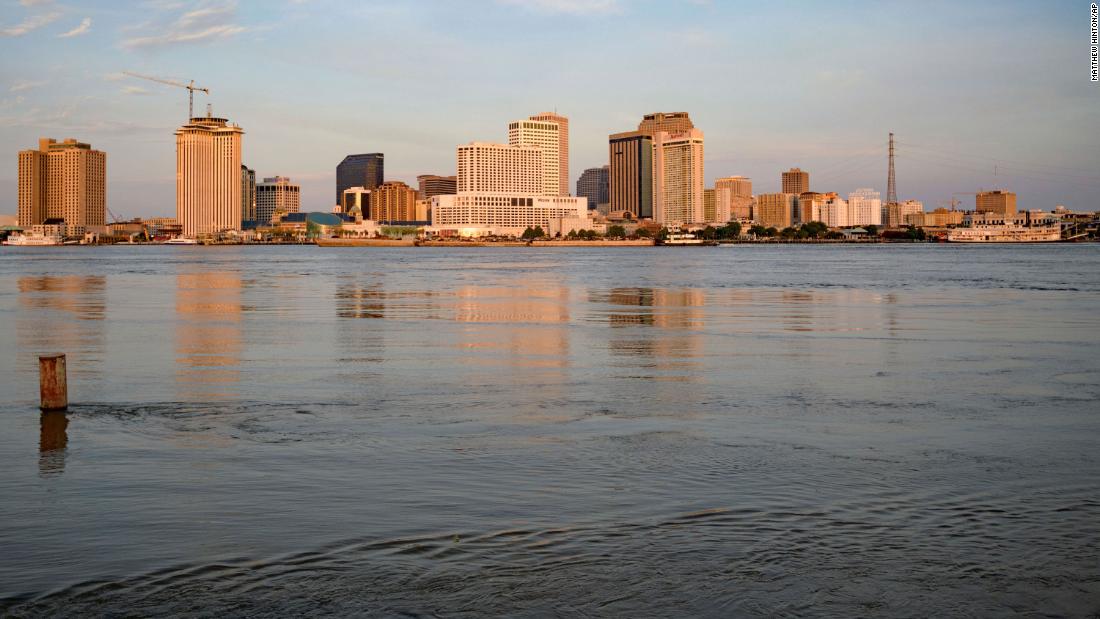[ad_1]
Barry is expected to make landfall as a major storm on Saturday. As in past hurricanes, the greatest danger may not be the high-speed winds, but the water rushing in from the ocean.
The rise in water levels, known as storm surge, happens when winds from a fierce storm push water up and onto shore.
Storm surge can become several feet high, and forecasters have said Barry could bring up to 4-6 feet of storm surge to parts of Louisiana and through the Mississippi-Alabama border, the weather service said.
But that could change if the storm intensifies. Forecasters said the stronger the storm, the stronger the winds and the higher the storm surge will be.
After the ocean water crashes onto land, it can also exacerbate flooding. Rivers and streams that usually drain into the ocean can get clogged farther upstream, forcing water levels to rise. It typically leads to more flooding in rain-soaked areas.
Rising water is the deadliest part of a storm
When a big storm approaches, many people worry about wind and debris. But the water a storm brings kills the most people.
Wind was only responsible for 8% of all deaths.
CNN’s Dakin Andone, Steve Almasy and Holly Yan contributed to this report.
[ad_2]
Source link


